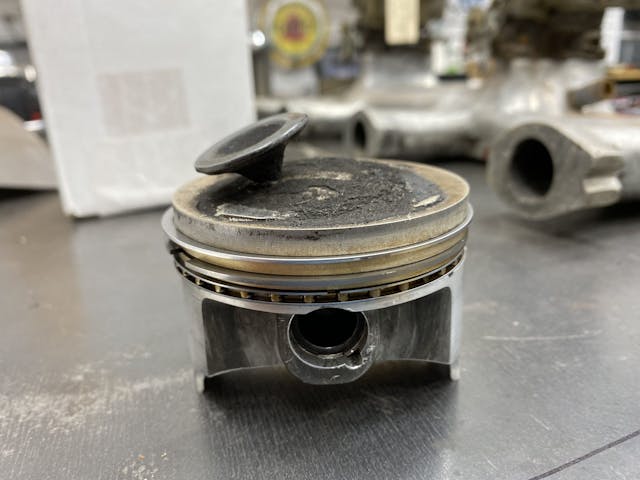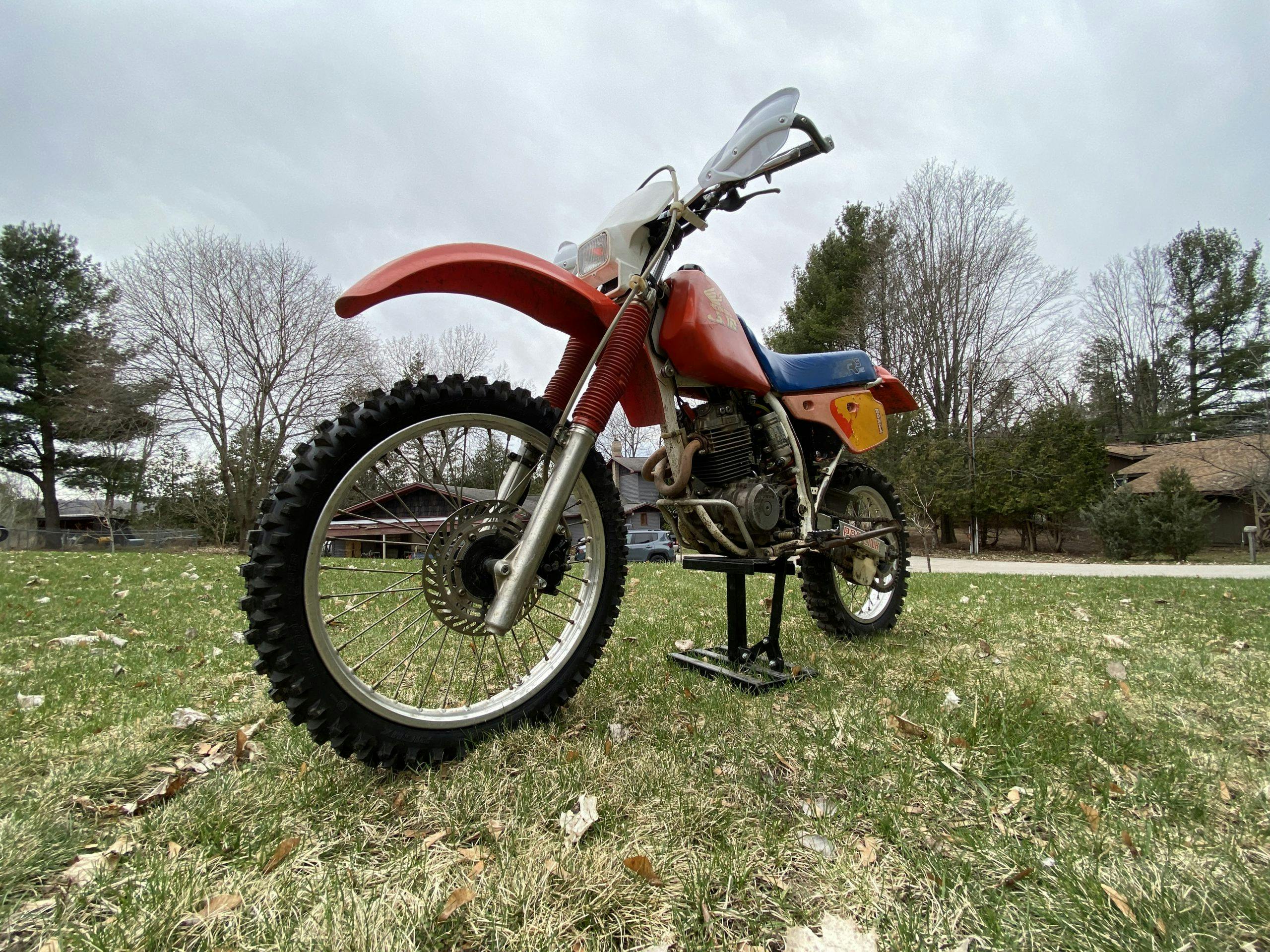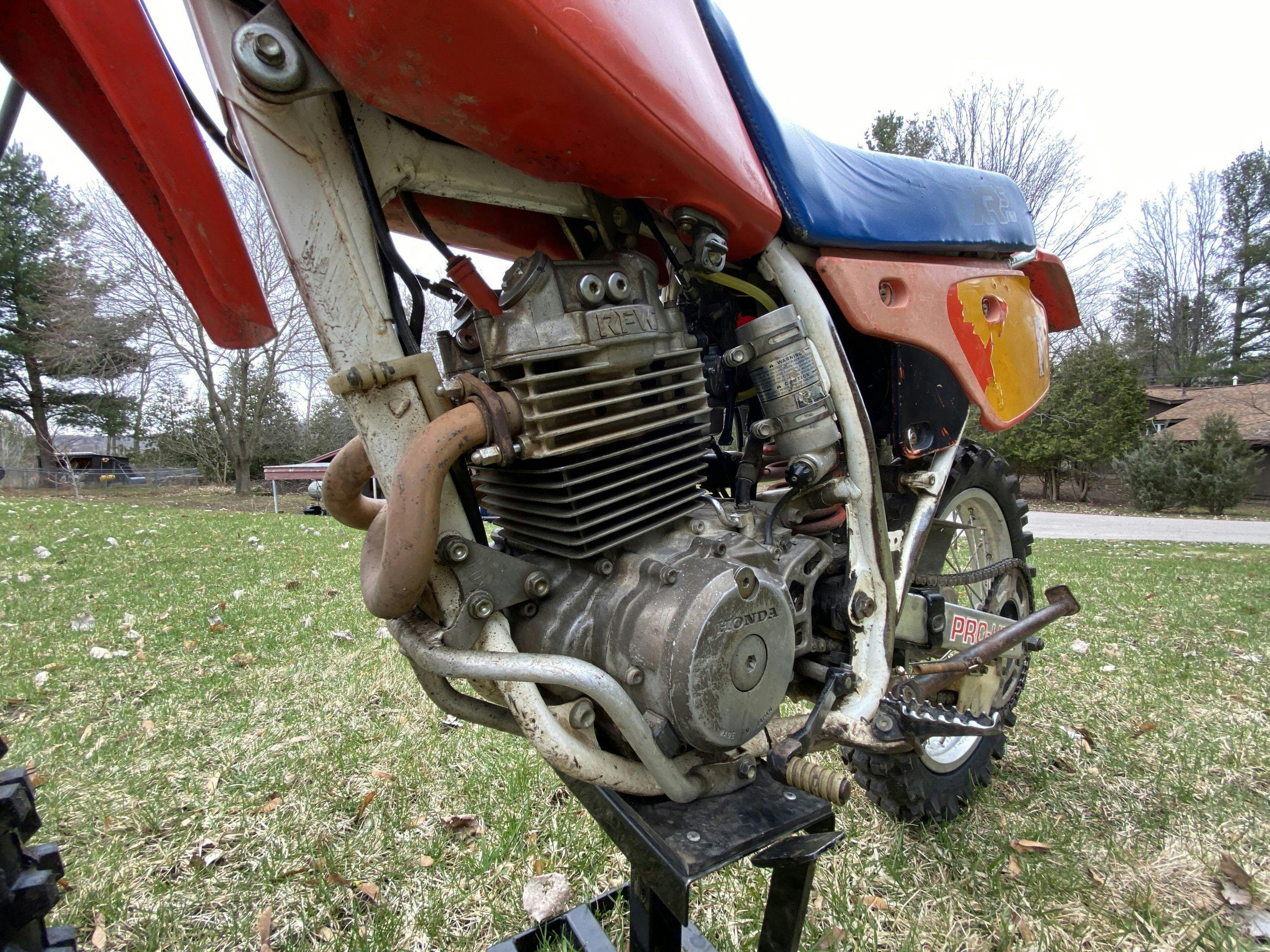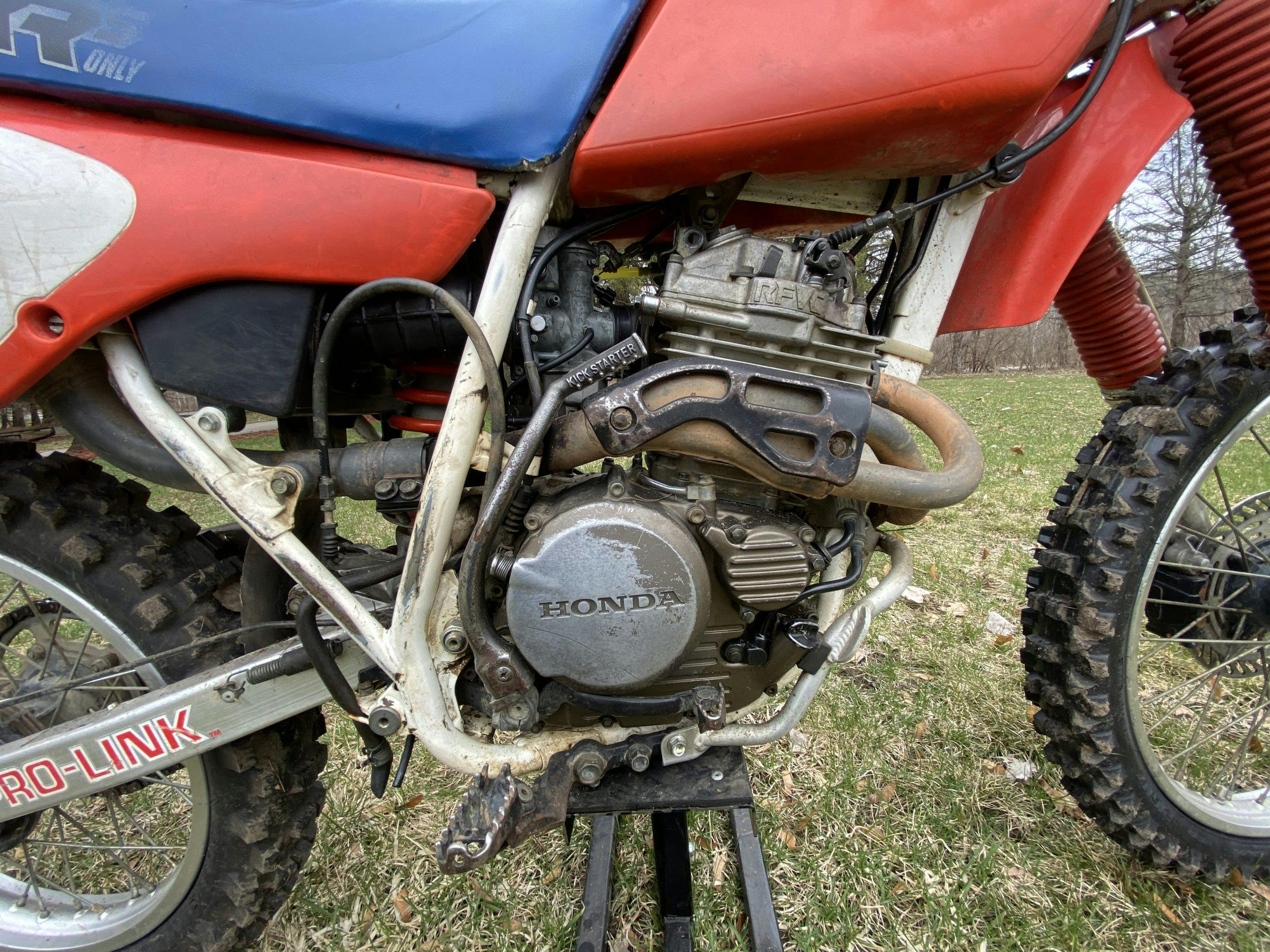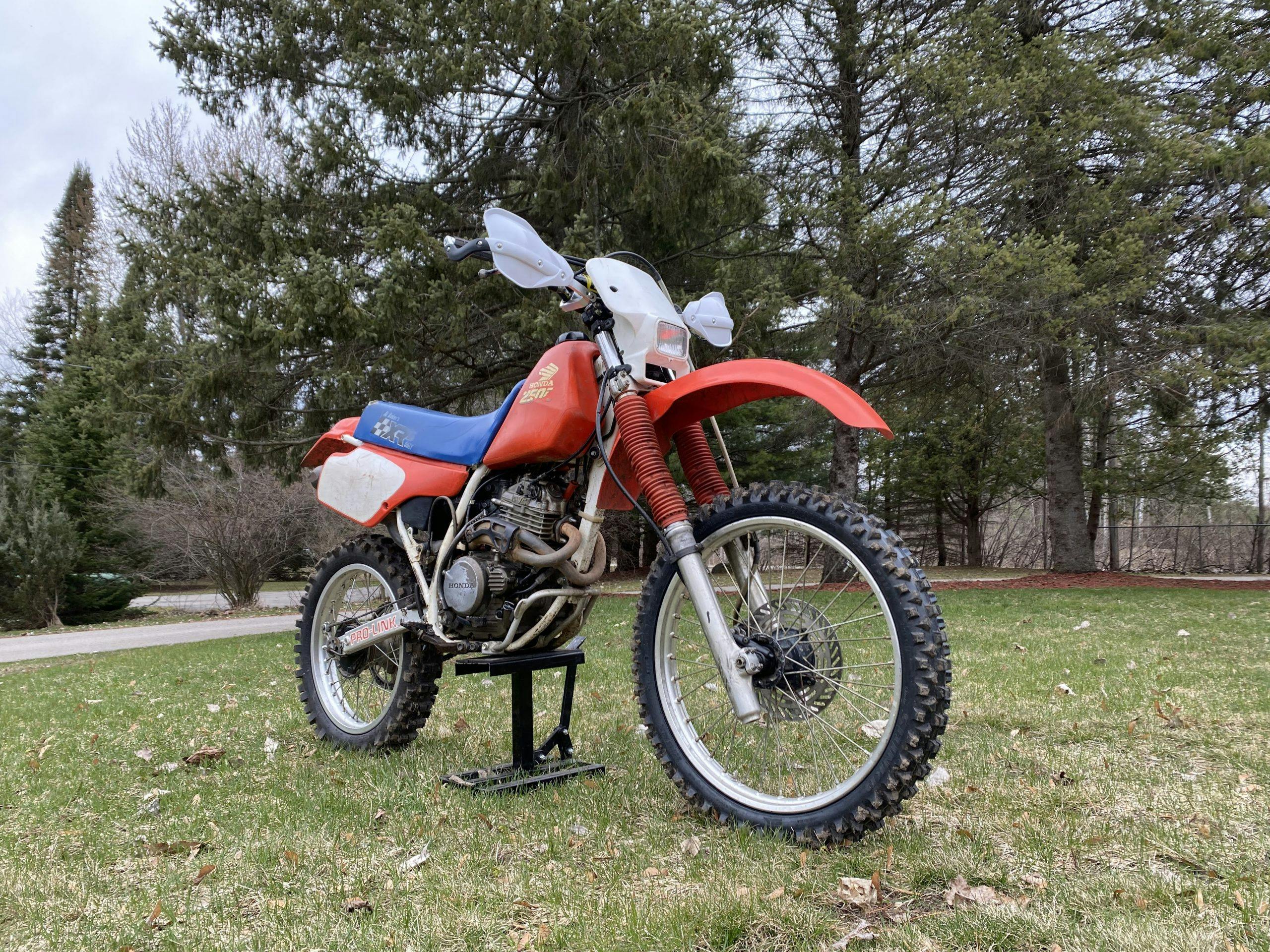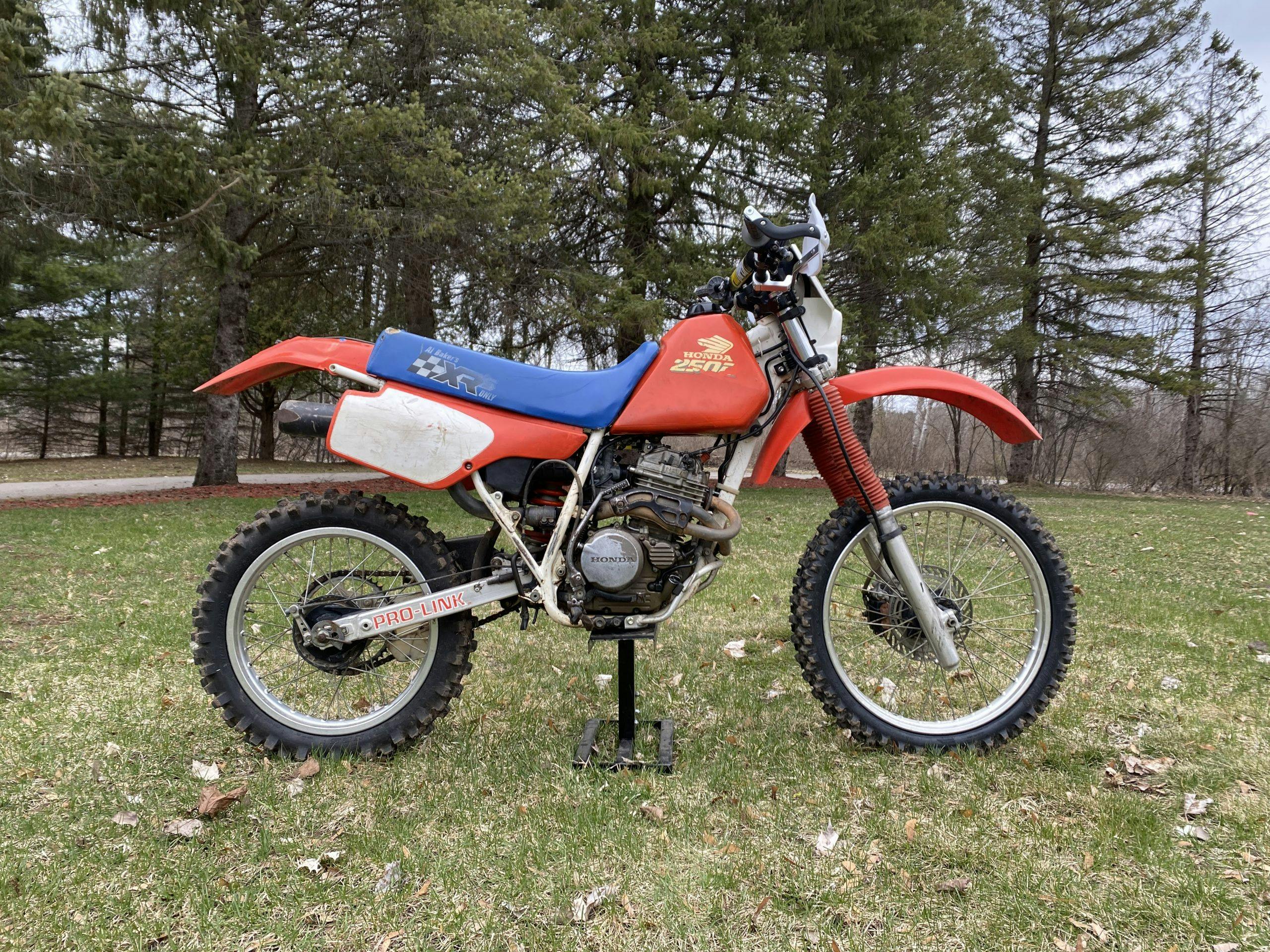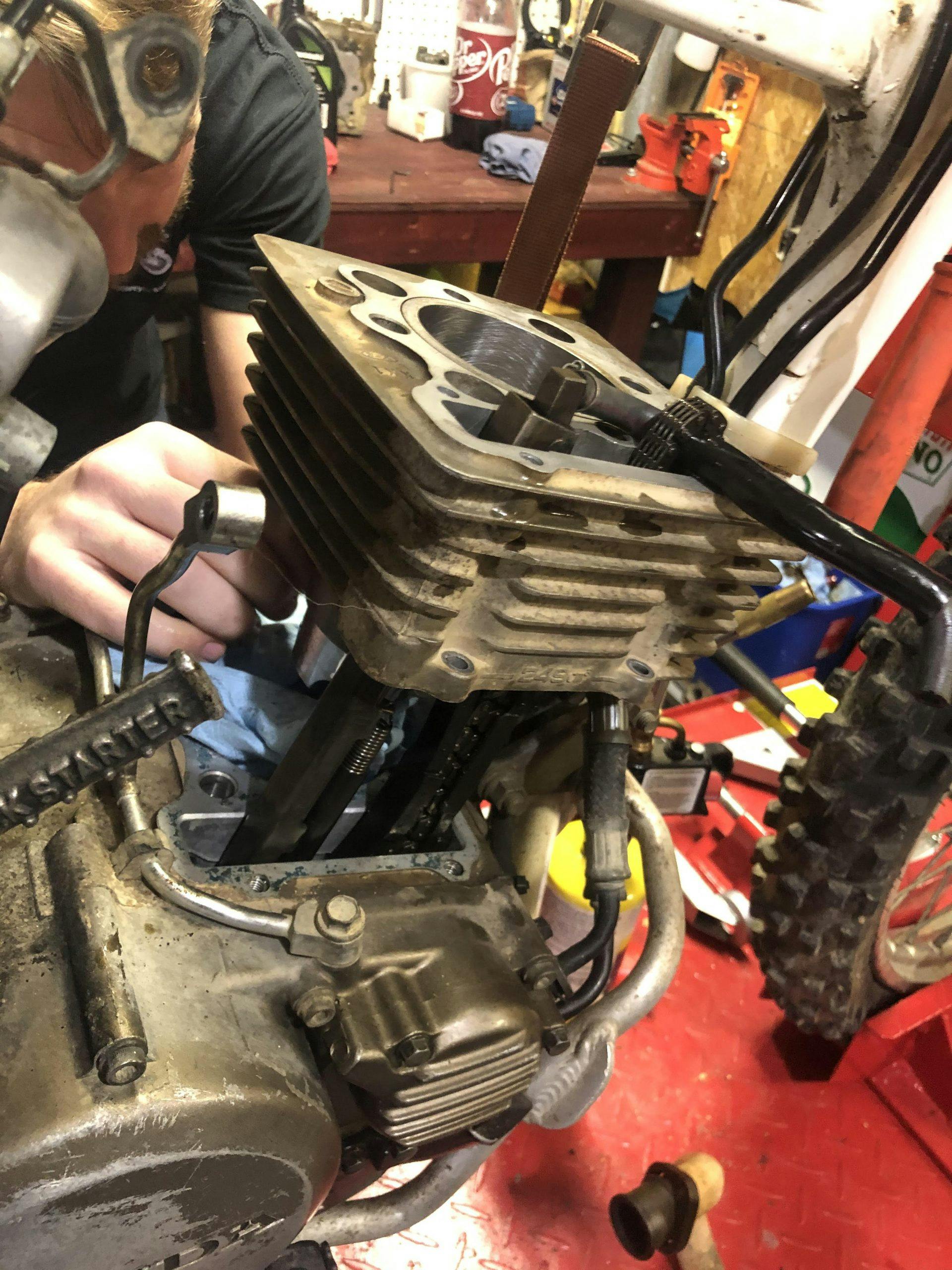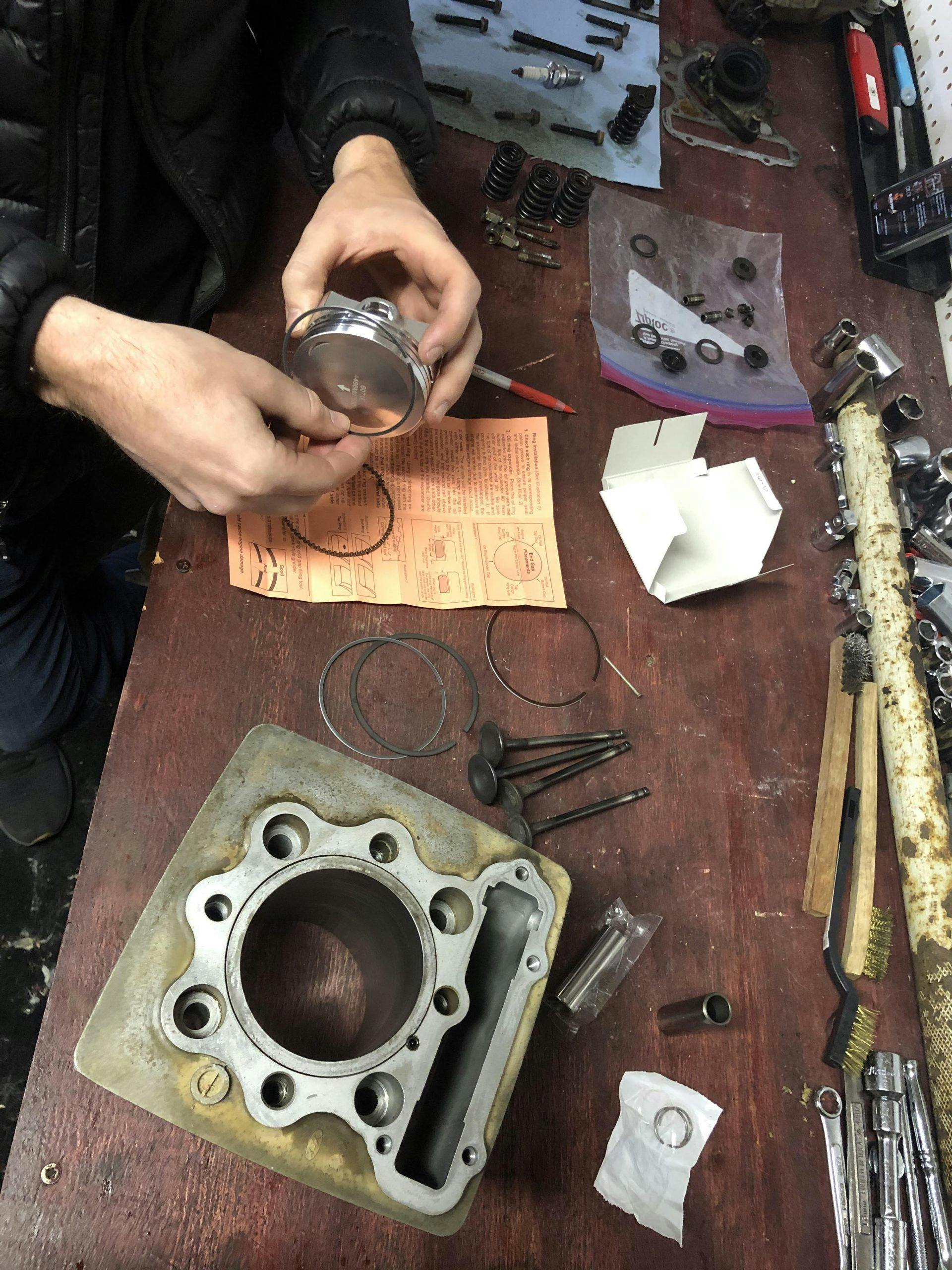What to do when your project goes sideways
Embarking on a new project brings its own high. The gentle clink when I pull a clean tool from my carefully organized tool chest can put goosebumps on my arms just like the sultry soprano of Cecilia Bartoli can. As I choose parts for my planned project, the anticipation typically doesn’t subside. Each wrench, wire, and gear feeds my oil-soaked high as I contemplate the task of every component and how I can optimize different systems while my machine is apart for repair. It’s a dream.
Except when it’s not.
It only takes one small slip of the wrench to strip that critical fastener. Discovering the single out-of-serviceable-spec piece in an assembly that should have been reliable will ruin your day. Finding that your diagnosis was wrong—and that the problem you’re attacking is significantly worse than expected—can crush a weekend. When parts you already ordered don’t fit, are not sufficient, or are otherwise flat-out incorrect can diminish your wallet along with your spirit.
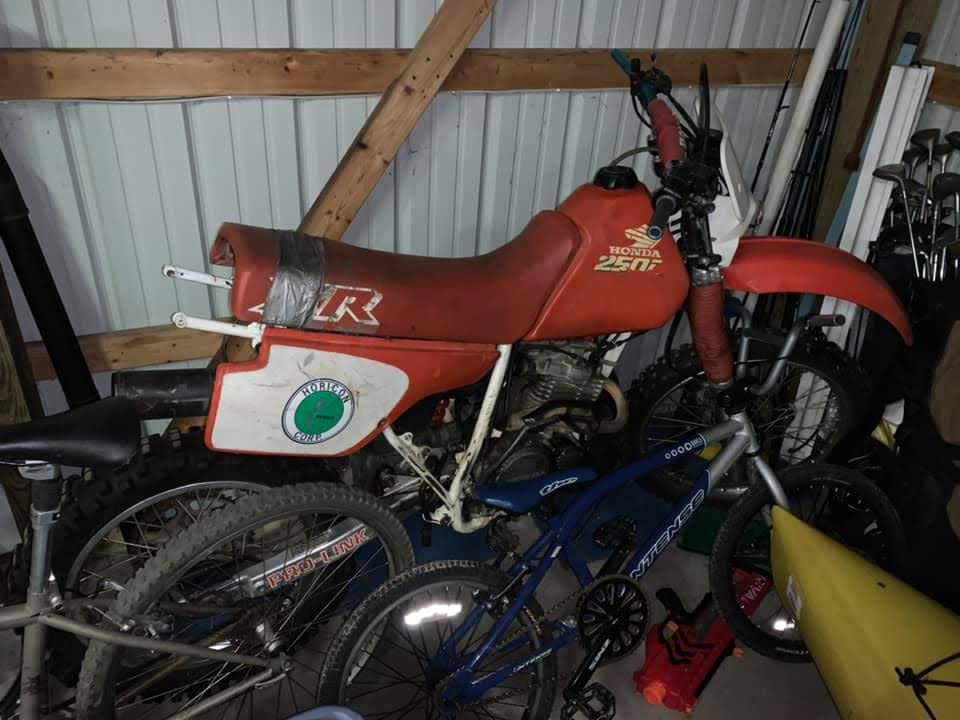
I suffered this disappointing experience recently on a project that is best described as an impulse purchase. While scrolling through local classifieds, I found myself poring over few grainy photos of a 1989 Honda XR250R motorcycle in a pole barn. I have always been a fan of XR-series Hondas and have owned several over the last decade. The ad stated the current owner acquired the bike as a project, rebuilt the carb and changed the oil, then surrendered having reached the end of his mechanical ability. The price worked out to a dollar per cubic centimeter—it was just too tempting.
It wasn’t running, but I was willing to bet $250 that his lack of experience meant he hadn’t reset the carb adjustment properly, or that the valves were just out of adjustment—something not uncommon for an XR and an issue that makes one a bear to start. This purchase was playing motorcycle roulette, and I felt like gambling. Messages were sent and I was on my way, grabbing ramps and a set of straps and telling myself the entire time that this would be a fun weekend project.
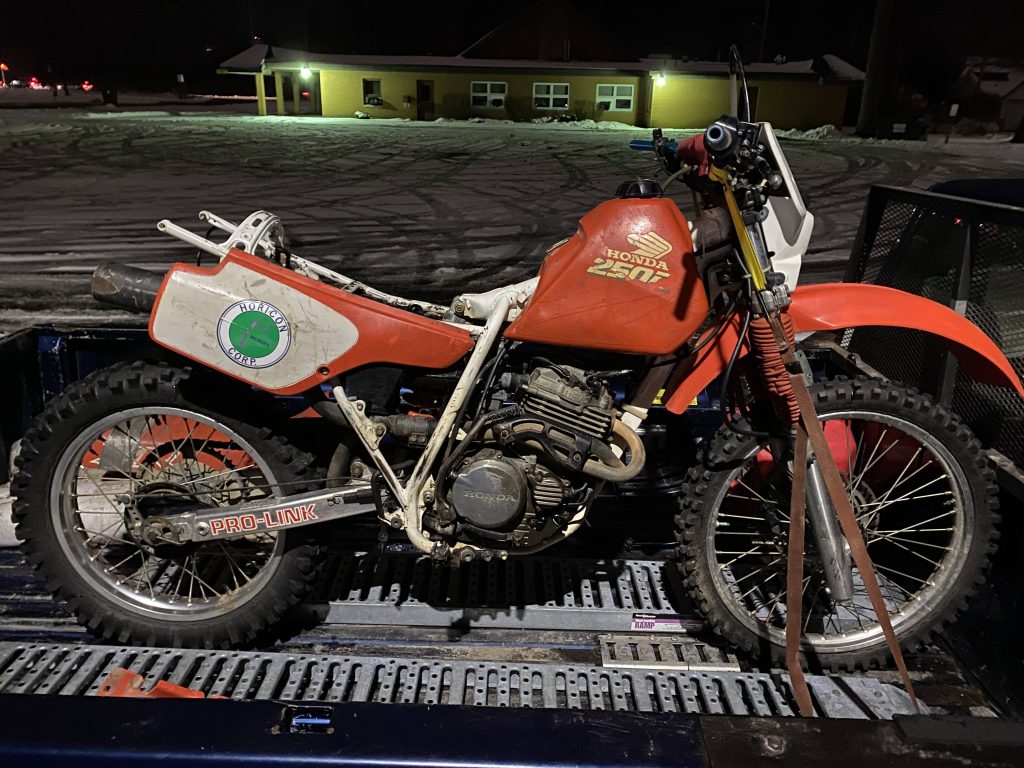
The bike showed so much promise. Before investing any more time, effort, or money, I grabbed a can of starting fluid and gave the bike a few kicks. The oversquare single-cylinder boasted meager compression, but the XR250R was never meant to be a race machine. A couple shots of ether into the intake, paired with holding the throttle wide open, made the bike clunk to life—for about two and a half seconds. I detected the faint pulse of a mistreated machine, and that pulse told me this bike was worth saving. Out came the tools.
I yanked out the carburetor and disassembled it to check that everything was in its proper place and zeroed out the various adjustments to establish a tuning baseline. It was easy enough to pull the threaded valve-adjuster access caps and give the feeler gauges languishing in my top drawer a reason to hang around. No one component was radically unsound as I poked and prodded the 30-year-old engine. As I added one fresh spark plug and a gallon of gas, I had high hopes.
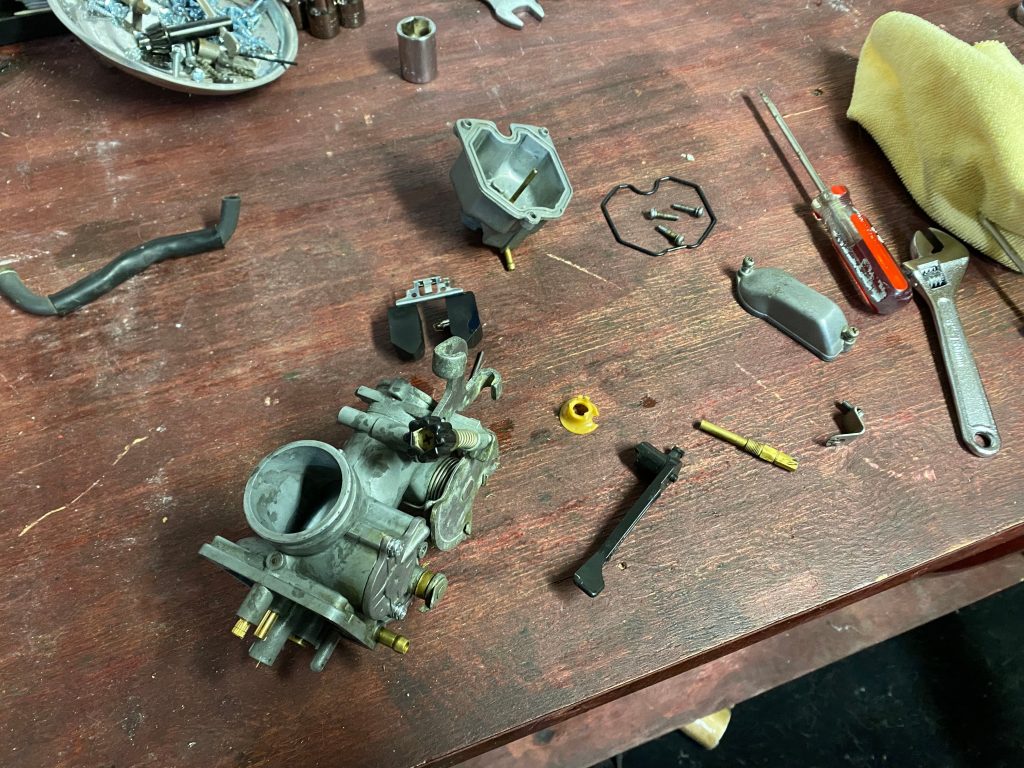
This entire project was taking place at a friend’s garage, because he had a lift table and I was in the middle of a move. We chatted at work one Wednesday about the project and how fun it will be to ride the machine come spring. Handing him the new spark plug I picked up over lunch, I gave him the go-ahead to try firing it up when he got home that day.
He gently cycled the engine through a few revolutions using the compression release before giving it a few strong kicks to see whether it would take off. On the third kick it went from good compression to great compression. Like wow, I can stand on the kick starter and it won’t cycle compression.
Remember, this is the same bike that pattered to life just a few days earlier on starting fluid. No radical adjustments were made. The tools came back out. The consensus in the garage at that moment was that we missed the TDC mark—either that, or it had somehow been altered over the years and we set the valve lash at the wrong point in the camshaft’s rotation, causing piston-to-valve contact that stopped the piston firm. We were sort of right on that part.
Off came the inspection covers for the valve adjusters. One intake valve was tight, so we loosened the adjuster one turn. No change. Another turn. No change. We pulled the valve cover and were able to pull the valve stem right out of the cylinder head, which confirmed that valve head had taken up residence in the combustion chamber. Disassembly began to find the extent of the damage.
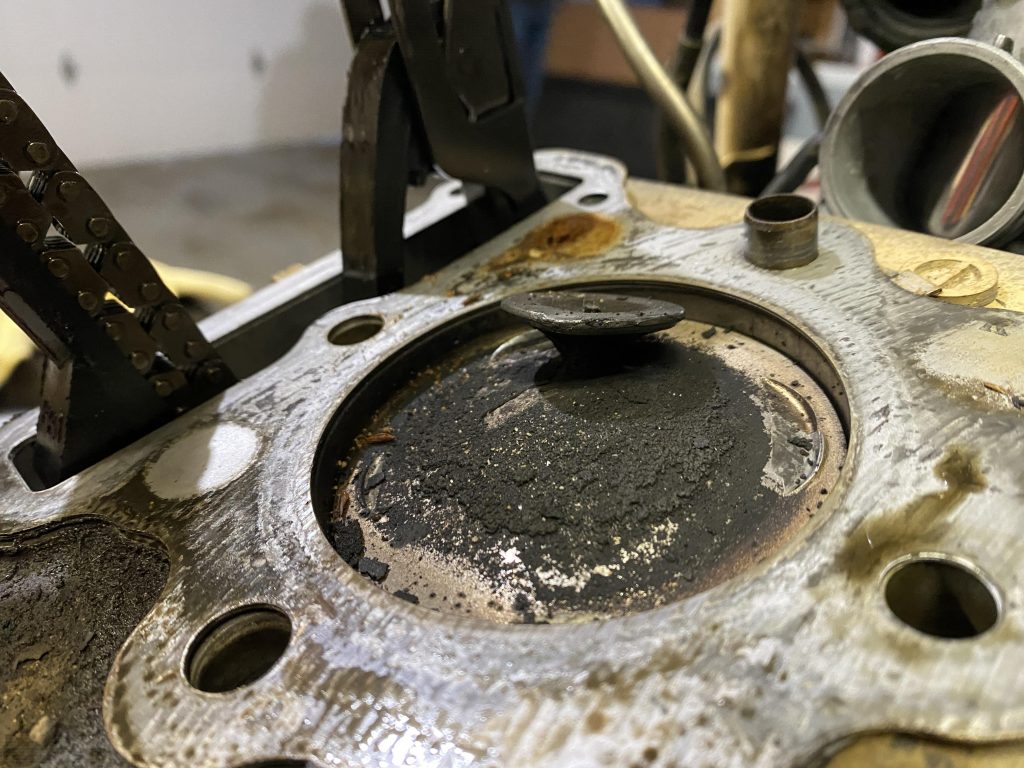
Turns out the valve was not simply in the combustion chamber but had turned itself around and jammed the remaining stub of valve stem left into—and through—the crown of the piston.
Introducing the big problem. This was a $250 motorcycle that had mediocre bones at best. I had not started this adventure with the intent of a restoration—or, really, with the intent to spend any additional money. Just a couple days of fiddling, tuning, and relearning. Now I was faced with a decision. I could open my wallet and do what the bike needed, or send it down the road to someone who would inevitably part the bike out.
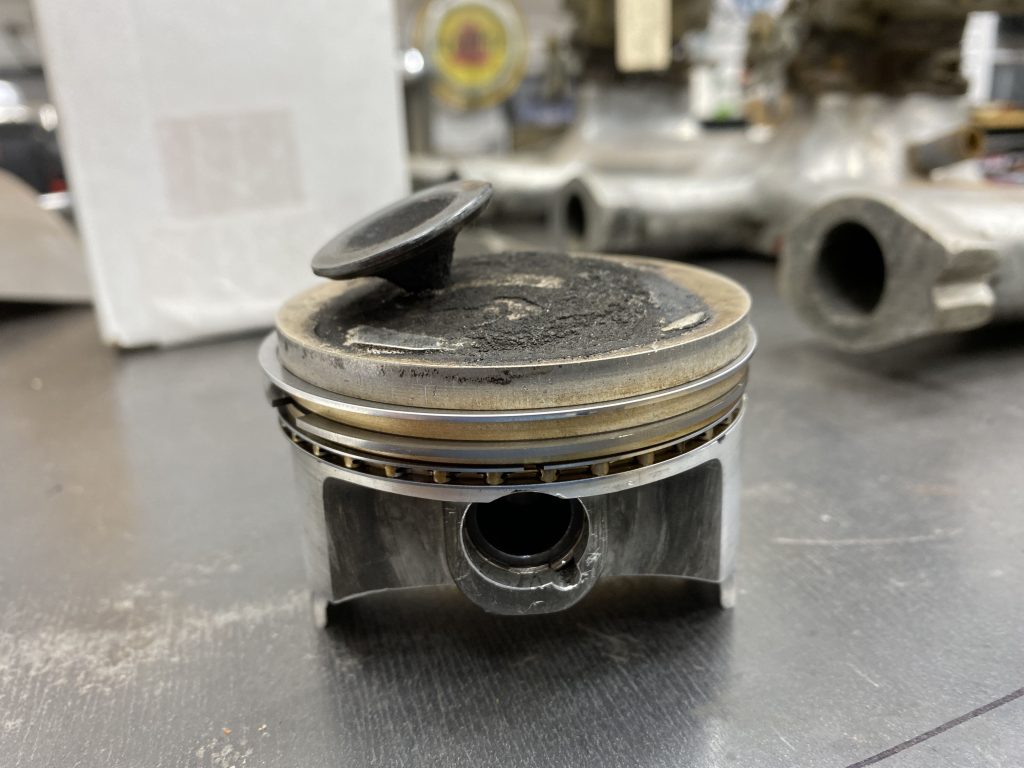
I’m not the first to face this decision, and it’s a tough one, with a lot of factors to consider. Do you have the financial means to see it through? The space to store the project in a disassembled state … for longer than you expected? The motivation and drive to actually care about seeing it through?
While I was only menially excited about the project, I saw great potential in a still relatively cheap motorcycle being in my stable. It also proved to be a great learning opportunity for a fellow motorcycle enthusiast who offered to work on the project with me. The total cost shook out to roughly $700, including all the other items needed to make the bike trail ready like a chain and sprockets, tires, a few replacement fasteners, and of course the new piston and machine work.
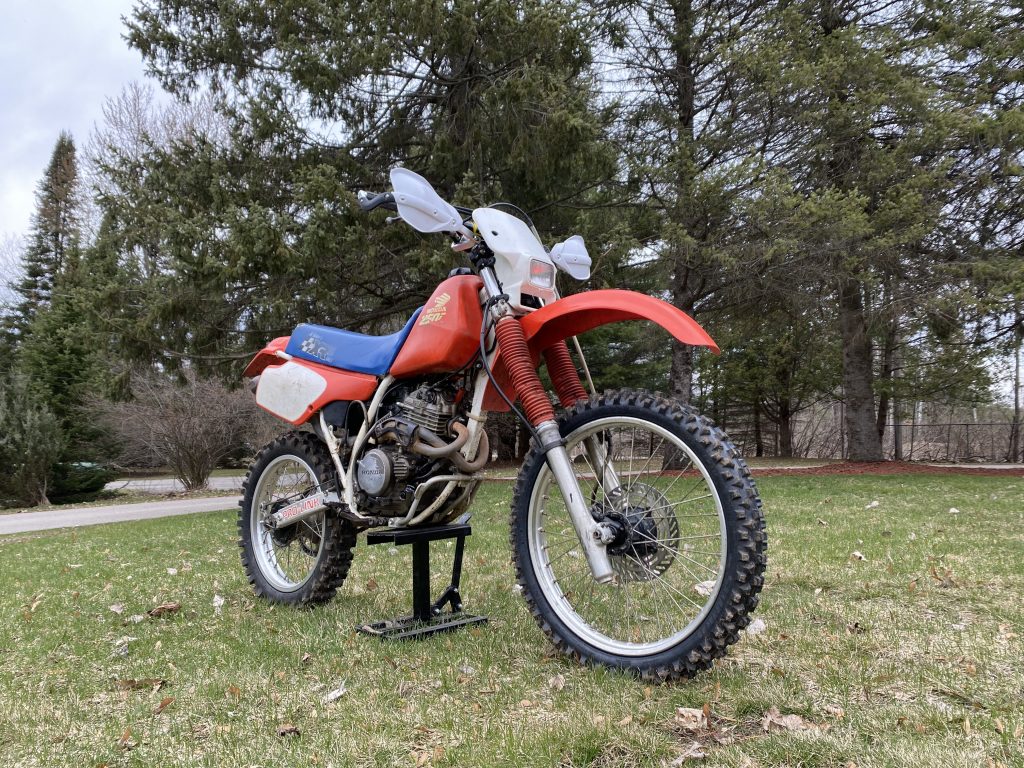
We should always be prepared for situations in which things don’t go according to our carefully laid plan. I know better than to think like I did when entering this particular project, but it is an easy trap to fall into. Vintage machines have plans of their own and typically don’t communicate the details until after we’ve formulated ours. Sometimes the plans match up perfectly—and other times, there’s a divergence of epic proportions.
I finally decided to go for it. This machine is still ugly, but now it functions like it should (if you want to read about how the engine went back together, you can read about that here.) Let it be a reminder that tackling any project on vintage equipment is a game of roulette. Spread out your bets and be prepared to lose it all. I know I can only afford to lose it all on red a few times.
